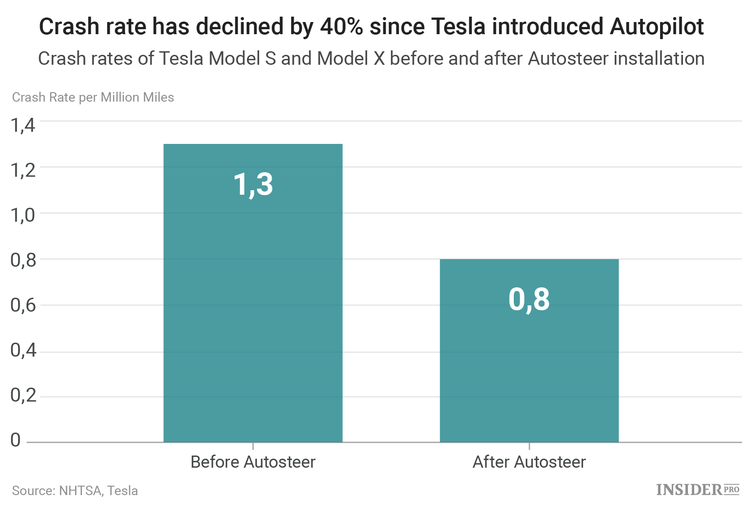The fatal crash of Tesla's Model S vehicle was not due to a defect of the car's Autopilot system, concluded the U.S. traffic safety regulators.
The National Highway Traffic Safety Administration announced yesterday that the probe on Tesla (NASDAQ: Tesla Motors [TSLA]) was closed after six months of investigation. Back in May, a 40-year-old Joshua Brown died in a car crash that involved Tesla S Model and a truck-trailer. Since the driver was using an Autopilot function, the incident got quickly picked up by the U.S. safety regulators that could possibly result in a recall of the entire S Model line.
However, the regulators said yesterday that they could not find any evidence of built-in defects in Tesla vehicles that could contribute to the fatal crash. NHTSA said that Tesla's Autopilot was not designed to perform in all crash situations and modes. They emphasized that the Autopilot system was only semi-autonomous and required driver's attention at all times in order to "monitor traffic environment", especially in dangerous situations. Based on the crash-reconstruction analysis, the driver had at least 7 seconds to react before the collision with the trailer. Tesla added that the car failed to recognize the truck's trailer on the road due to the color of the trailer that reflected the bright sun light, reported Reuters.
The regulators mentioned that the truck crossed Tesla's path on a highway, what was beyond the system's detecting capabilities. The driver also did not use the brakes before the collision while his last command to the system was to set the car on cruise control at 119 kilometer per hour. Therefore, "the driver took no braking, steering or other actions to avoid the collision", they said.
"NHTSA’s examination did not identify any defects in the design or performance of the AEB or Autopilot systems of the subject vehicles nor any incidents in which the systems did not perform as designed. AEB systems used in the automotive industry through MY 2016 are rear-end collision avoidance technologies that are not designed to reliably perform in all crash modes, including crossing path collisions," said the report.
The regulator's report comes as a relief for Tesla, since the company was heavily criticized for the inability of its technology to perform as promised. Tesla CEO Elon Musk said that he found the report "very positive" and highlighted that NHTSA's data actually showed that Tesla's Autopilot function made driving safer:
Report highlight: “The data show that the Tesla vehicles crash rate dropped by almost 40 percent after Autosteer installation.”
— Elon Musk (@elonmusk) January 19, 2017
Despite concluding that the fatal crash was not Tesla's fault, the regulators emphasized that this report did not mean that automakers could escape responsibility in similar cases, said Reuters. They said that the drivers should understand that Autopilot requires full attention of the driver and both hands on the wheel at all times.
"While Advanced Driver Assistance Systems are continually improving in performance in larger percentages of crash types, a driver should never wait for automatic braking to occur when a collision threat is perceived," they continued.
However, the Consumer Reports magazine claimed that Tesla and other car makers working on a similar technology should change the name of it altogether, since "Autopilot" name can be misleading and even dangerous for the drivers that expect more self-driving ability from the car than there actually is.
"By marketing their feature as ‘Autopilot,’ Tesla gives consumers a false sense of security. In the long run, advanced active safety technologies in vehicles could make our roads safer. But today, we're deeply concerned that consumers are being sold a pile of promises about unproven technology. 'Autopilot' can't actually drive the car, yet it allows consumers to have their hands off the steering wheel for minutes at a time," said Laura MacCleery, Consumer Reports' Vice President of Consumer Policy and Mobilization.
ABC News mentions that Tesla did make an update of its Autopilot software a few months after the crash that deactivated the function of automatic steering in the situations when the driver's hands were not on the wheel.


